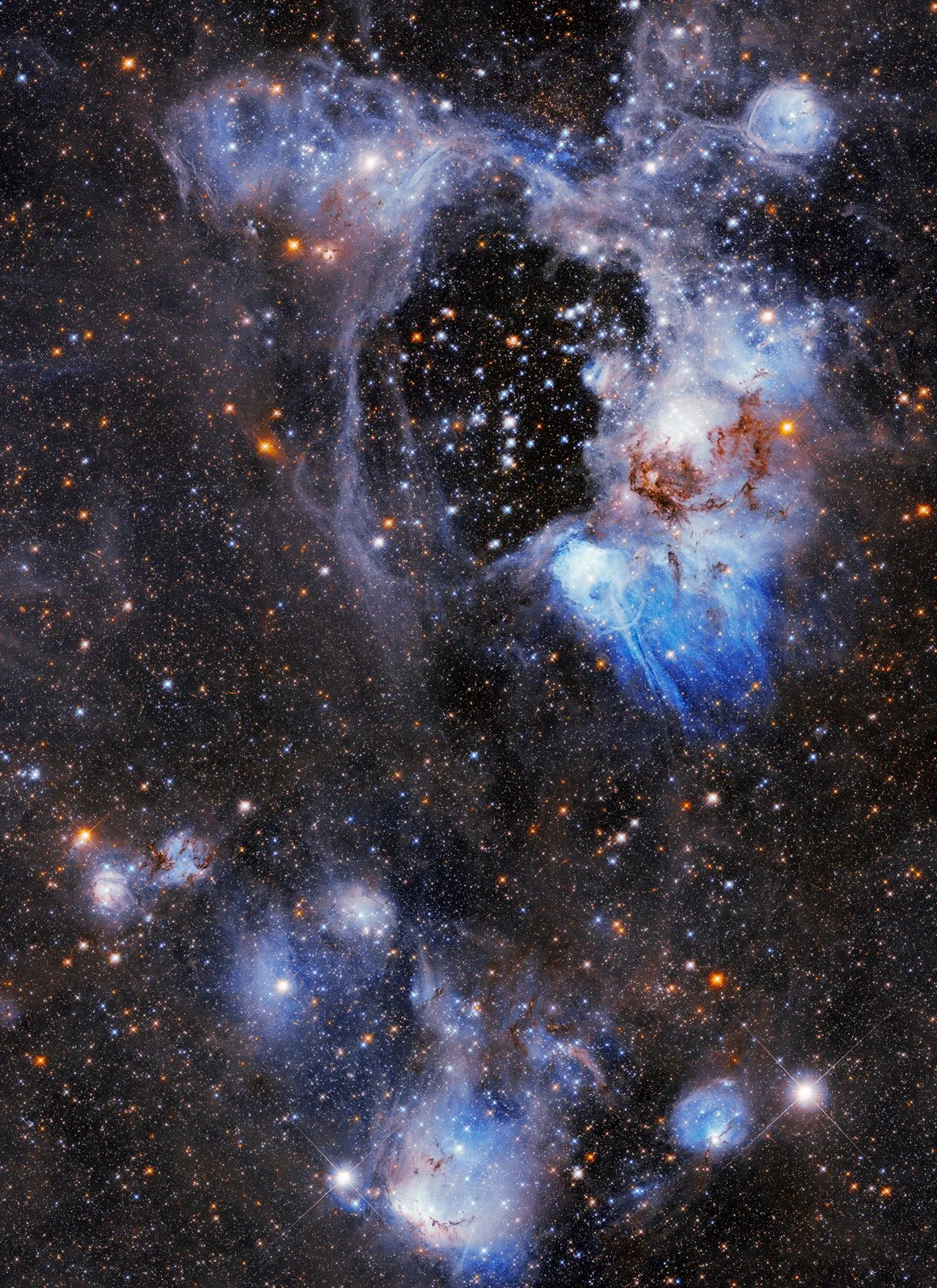Hubble's Nebula November
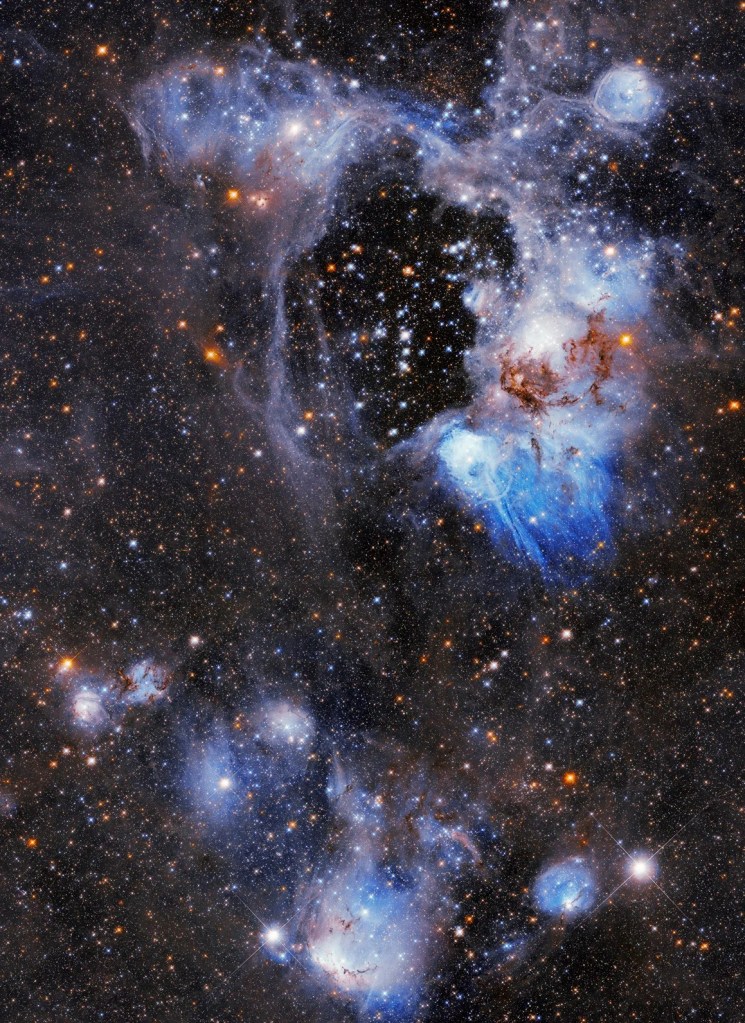
Mysterious “Superbubble” Hollows Out Nebula in New Hubble Image
N44 is a complex nebula filled with glowing hydrogen gas, dark lanes of dust, and massive stars.
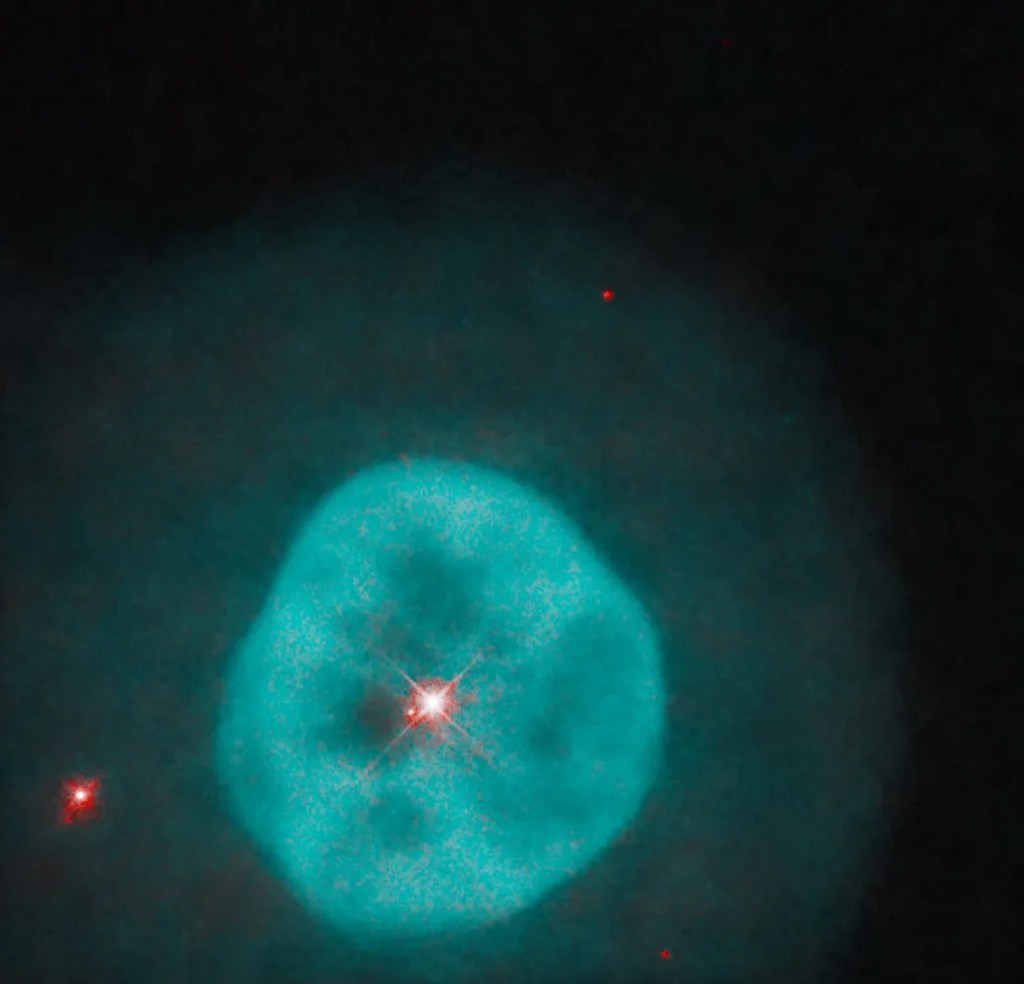
Hubble Spies Eye in the Sky
Cleopatra’s Eye, or NGC 1535, is a planetary nebula in the constellation Eridanus.
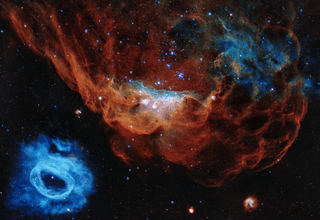
Sonification: Cosmic Reef
The Cosmic Reef shows two nebulae, NGC 2014 and NGC 2020. The sonification takes data from this image and represents it with sound.
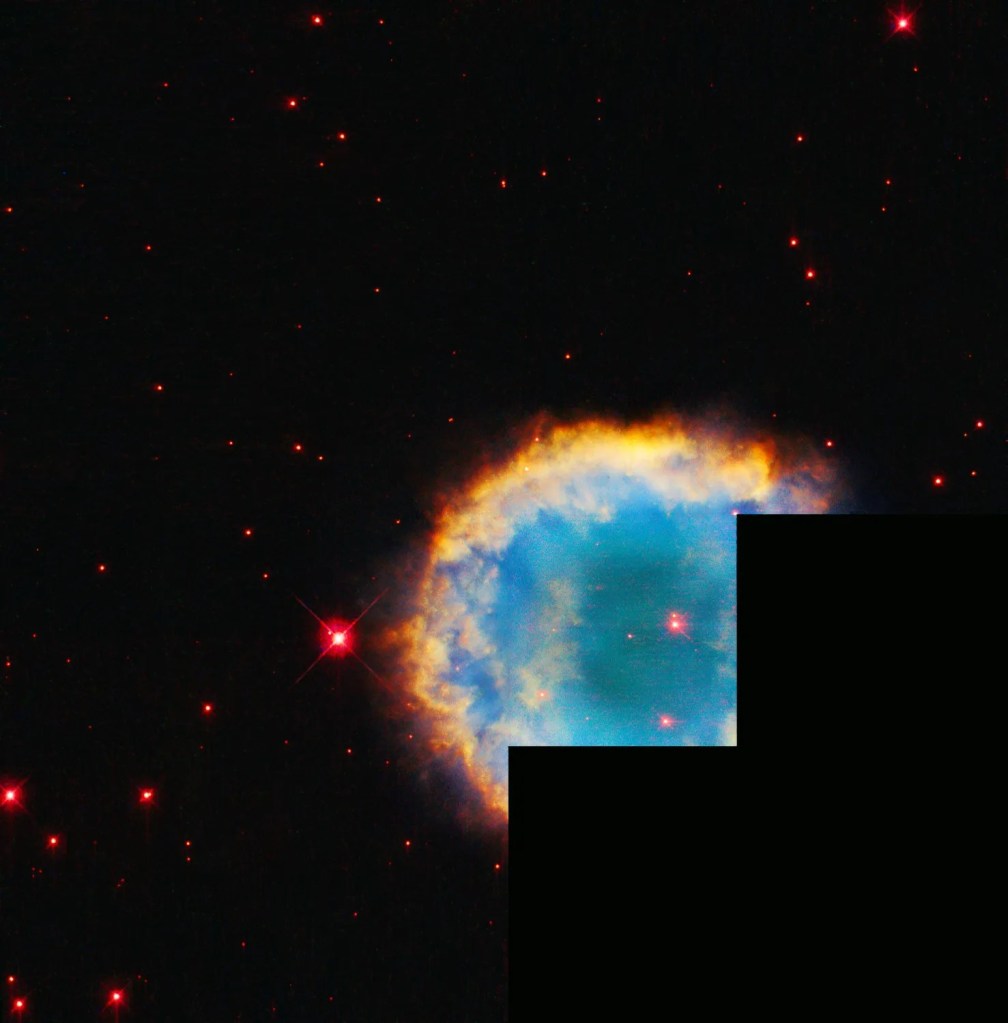
Hubble Images Colorful Planetary Nebula Ringed by Hazy Halo
NGC 2438 is a planetary nebula that formed after the death of a Sun-like star.
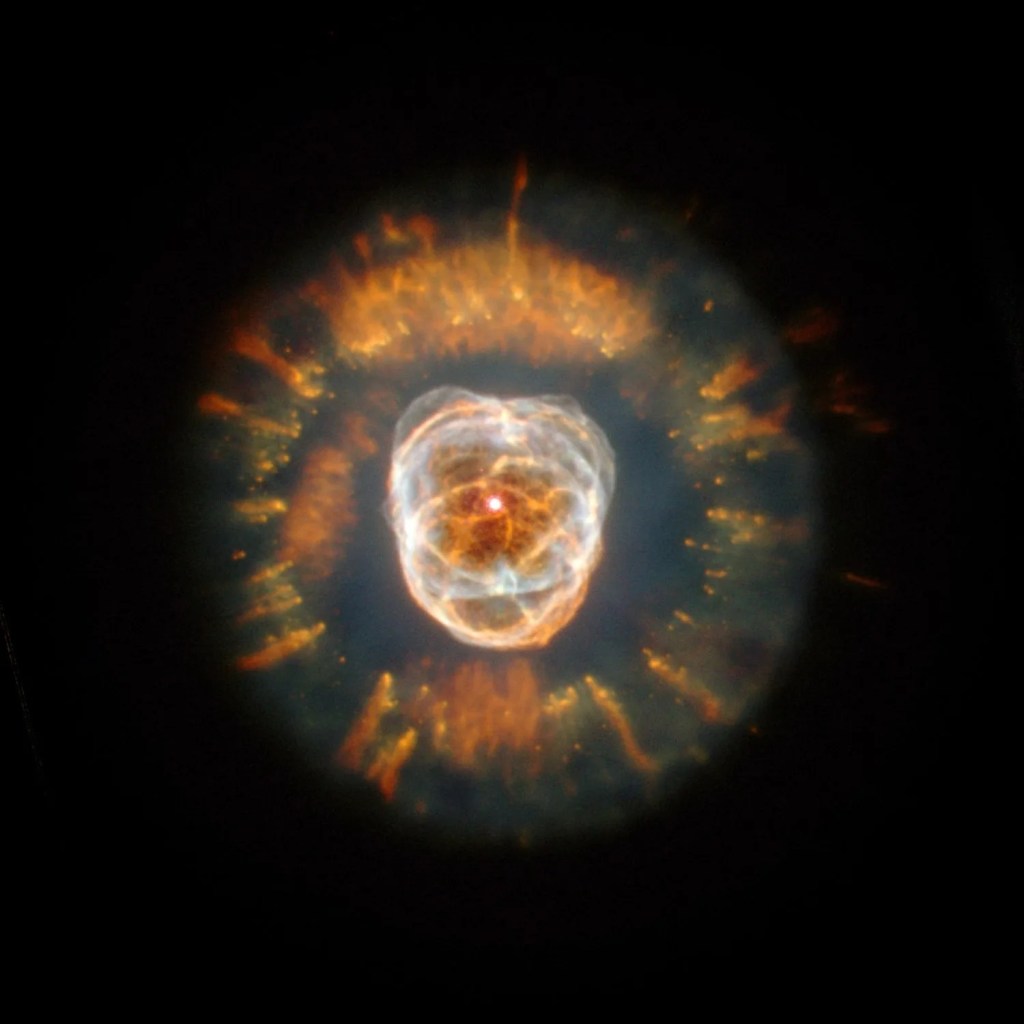
Sonification: NGC 2392
This stunning nebula formed after the demise of a star like our Sun. The sonification takes data from this image and represents it with sound.
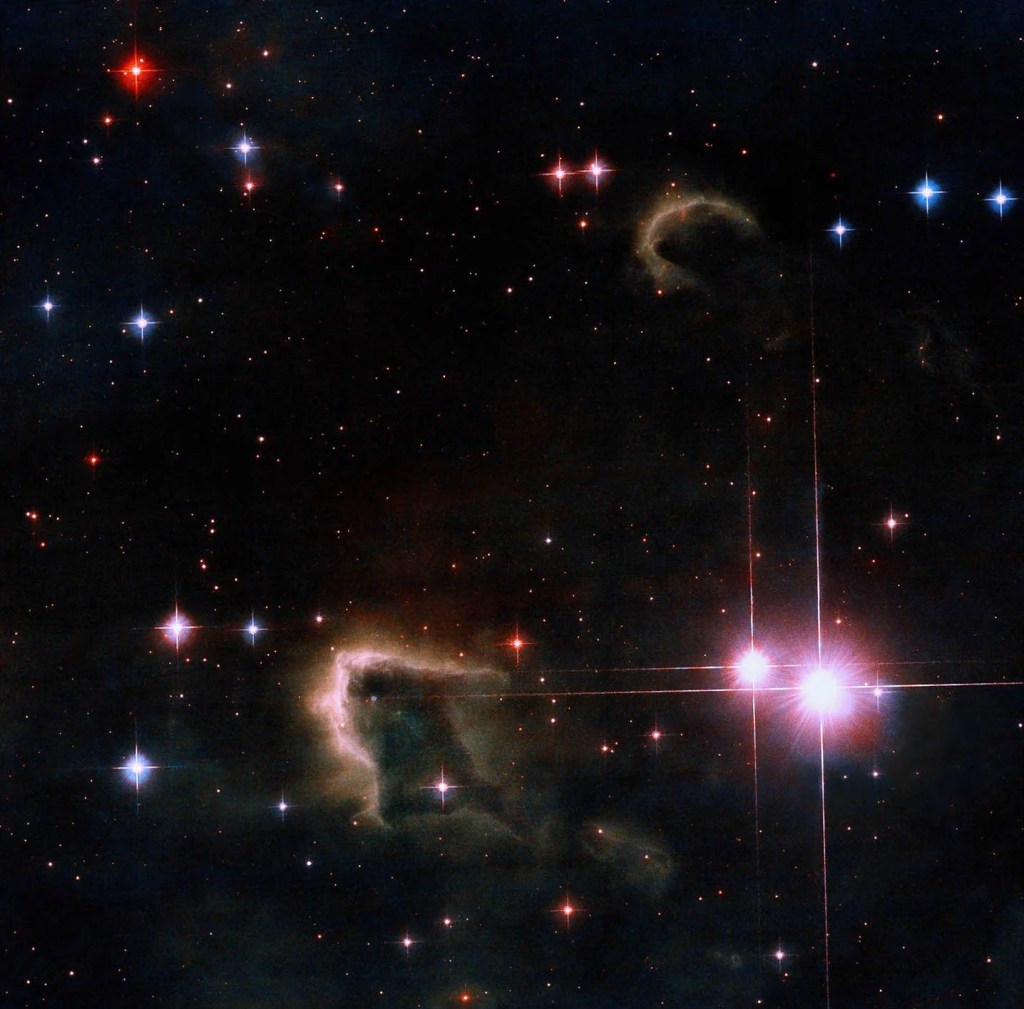
Hubble Spots Dark Star-Hatching frEGGs
These Free-floating Evaporating Gaseous Globules (frEGGs) were first seen in Hubble’s famous 1995 image of the Eagle Nebula.
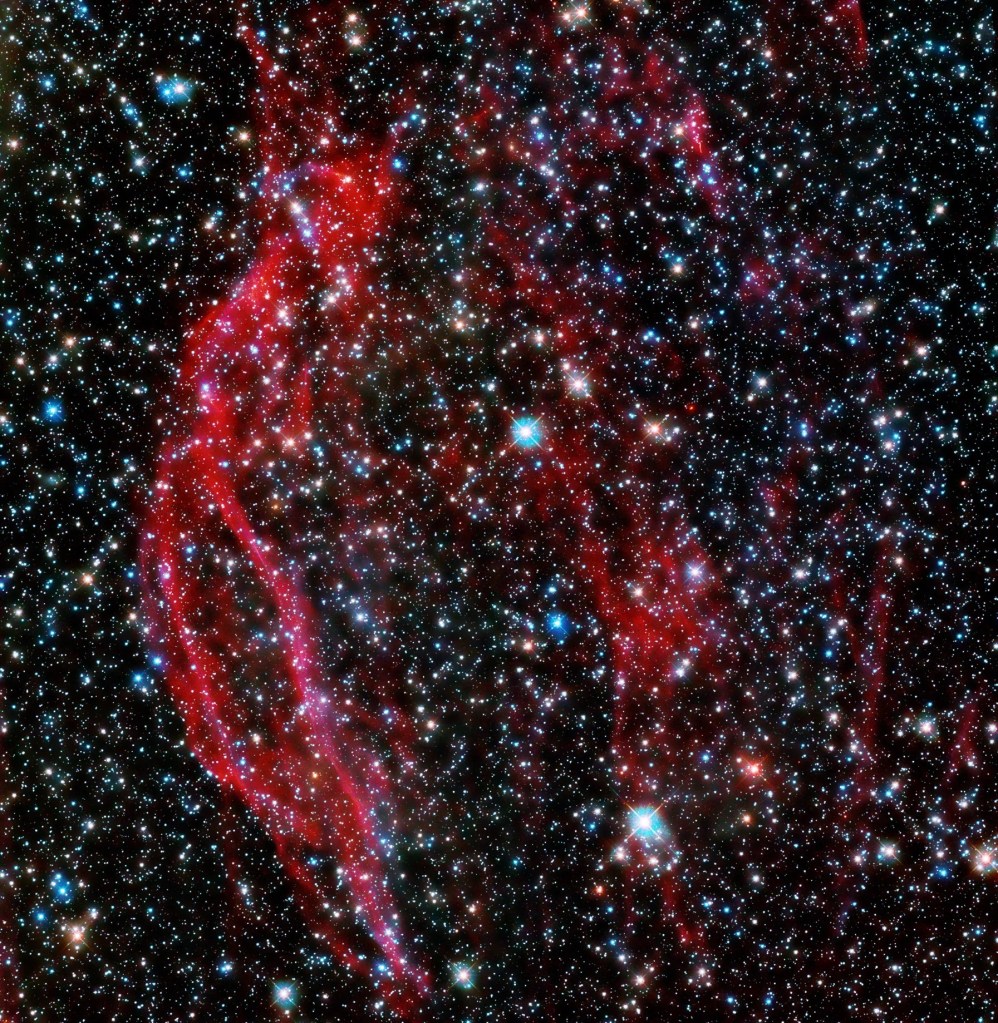
Hubble Captures the Shredded Remains of a Cosmic Explosion
These cosmic ribbons of gas have been left behind by a titanic stellar explosion called a supernova.
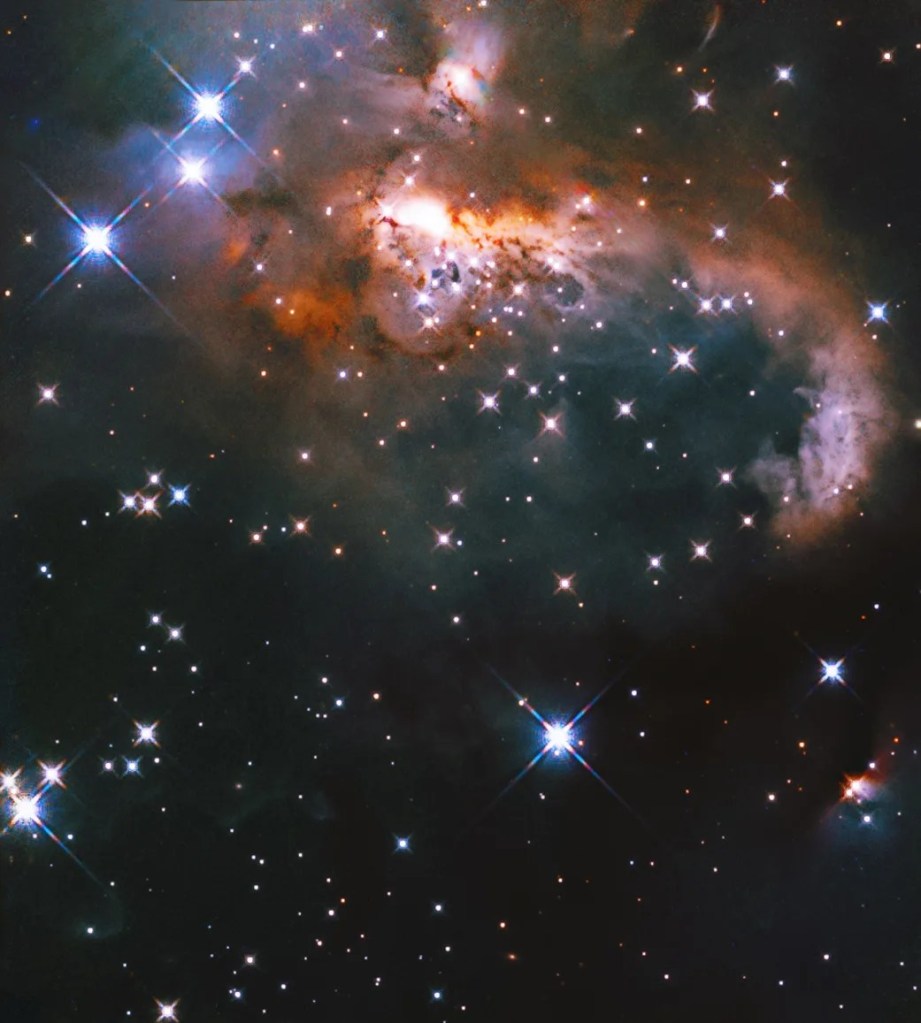
Hubble Surveys A Snowman Sculpted from Gas and Dust
The Snowman Nebula is an emission nebula that some 6,000 light-years from Earth.
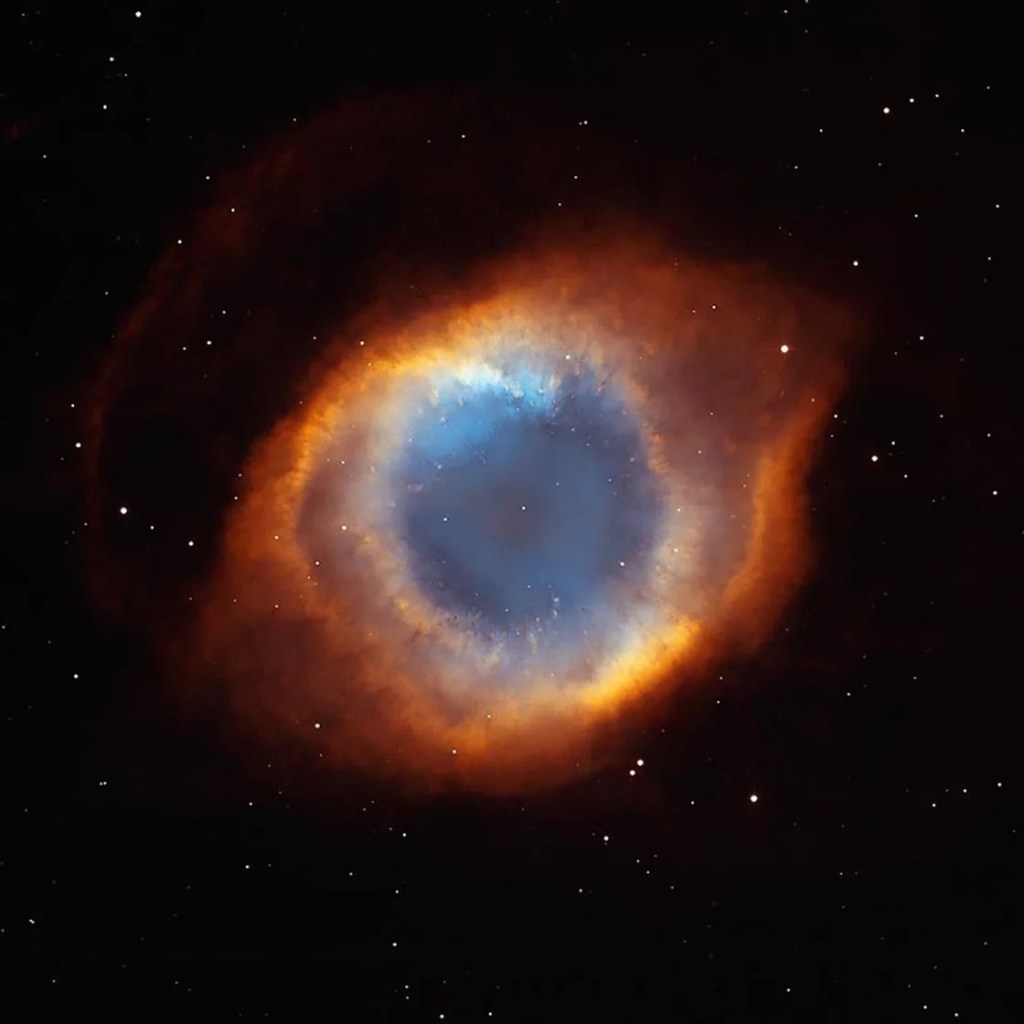
Sonification: Helix Nebula
The Helix Nebula is 655 light-years away and 3 light-years across. The sonification takes data from this image and represents it with sound.
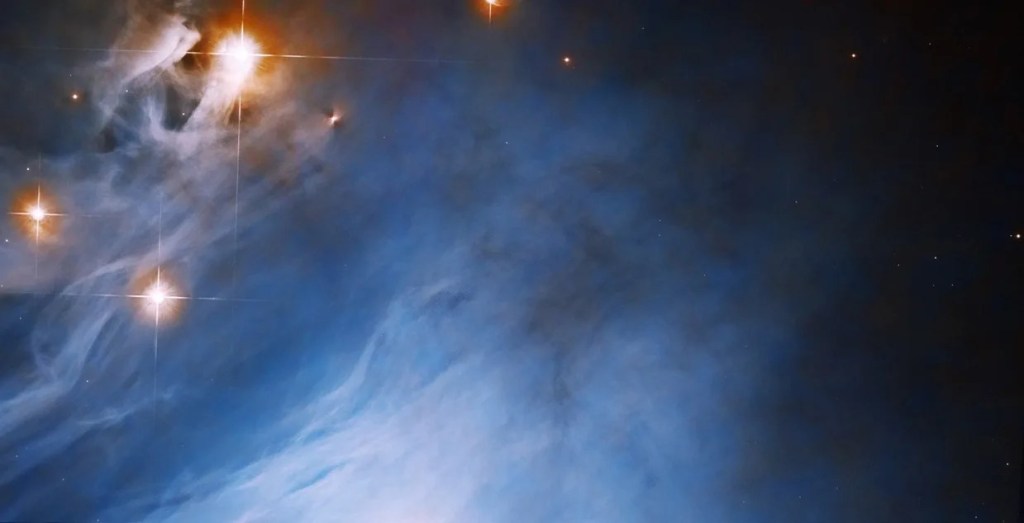
Reflected Starlight Bathes Forming Star in New Hubble Image
This image captures a portion of the reflection nebula IC 2631 that holds the hot, dense core of a forming star.
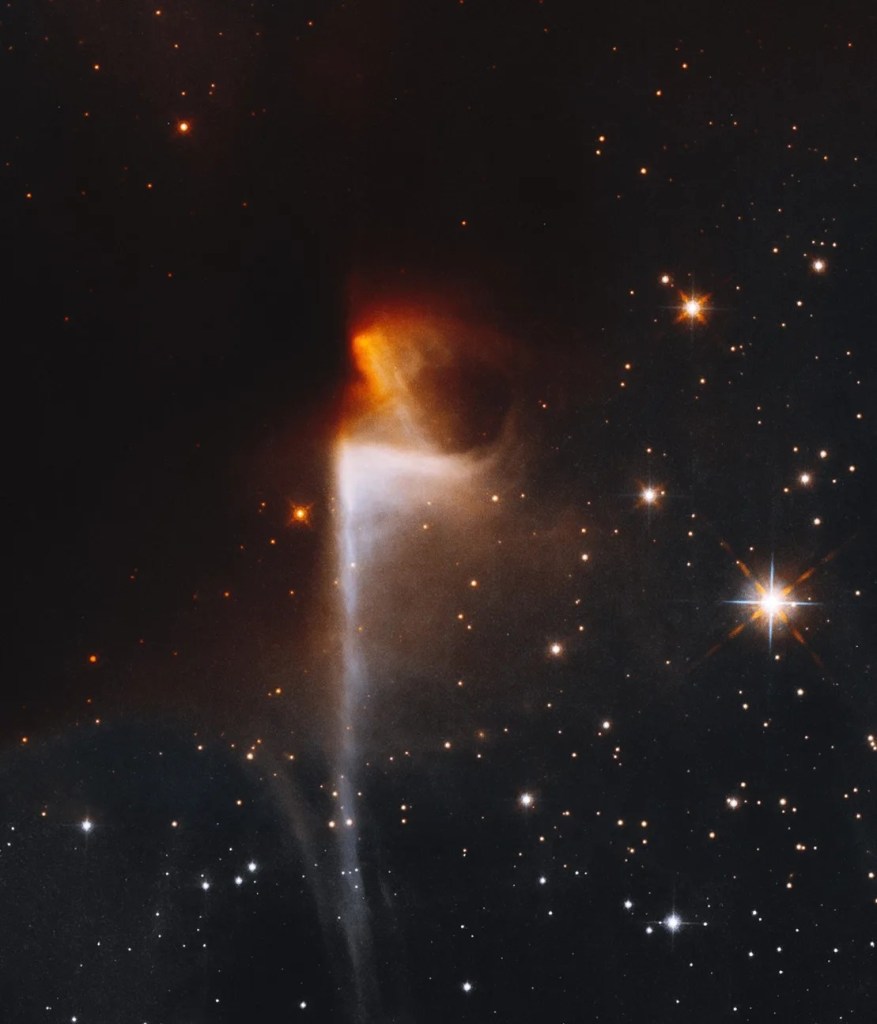
Hubble Images Dark Nebula Cloaking Stars Within Dusty Depths
This image captures a portion of a dark nebula, LDN 1165.
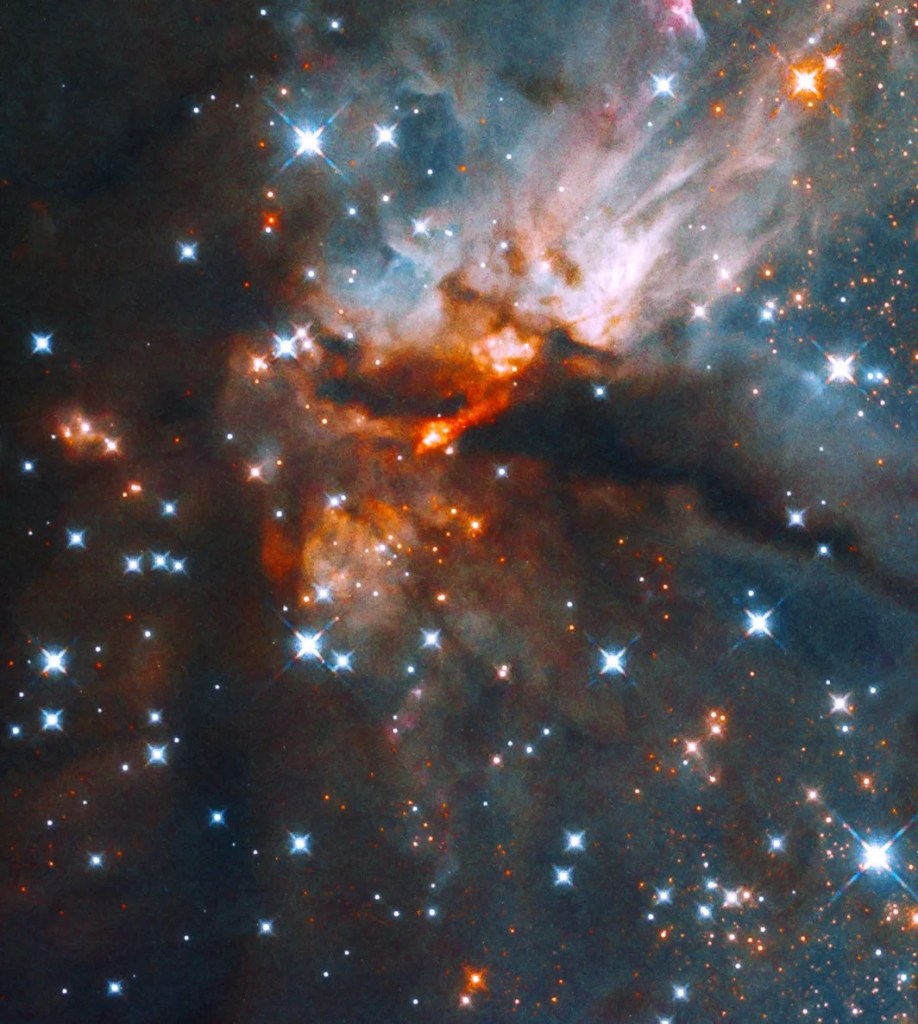
Nebula Churns Out Massive Stars in New Hubble Image
This star-forming nebula is known for producing a particular kind of massive star known as a B-Type star.
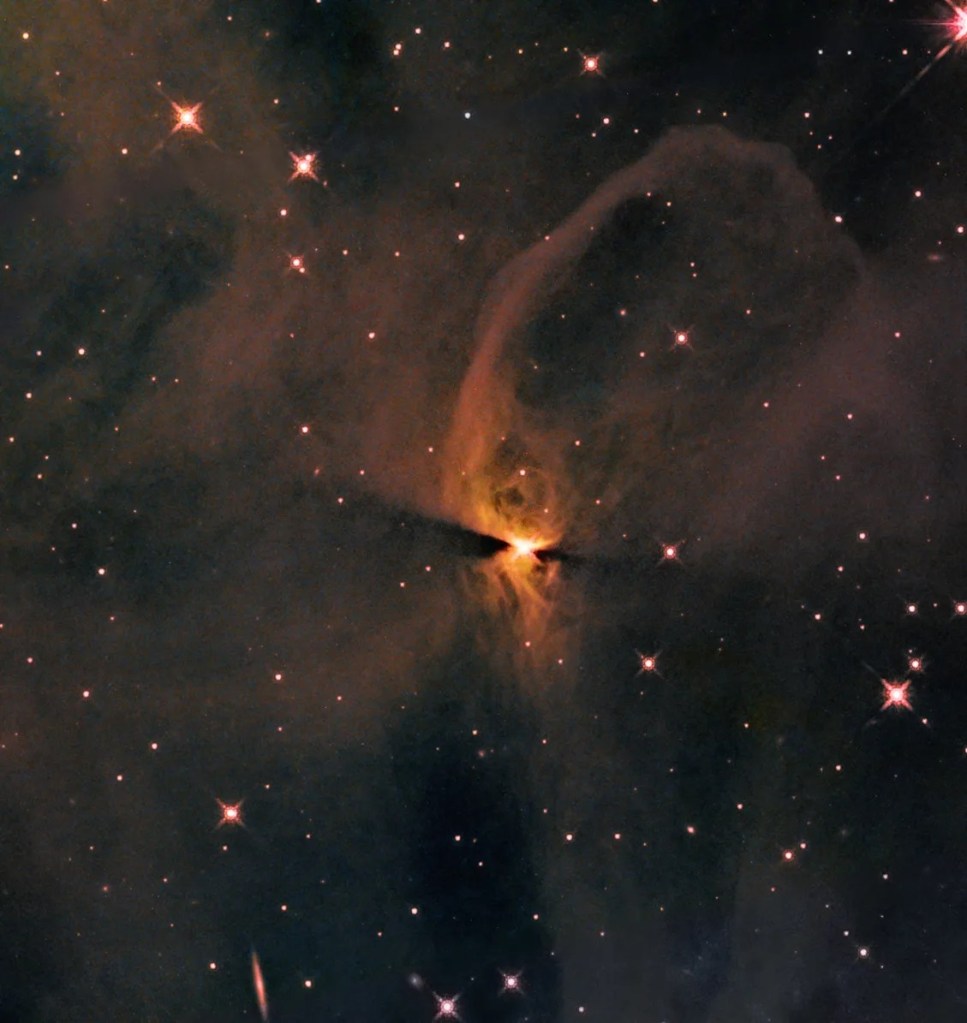
Hubble Spies Newly Forming Star Incubating in IC 2631
This infrared image captures a protostar in a reflection nebula.
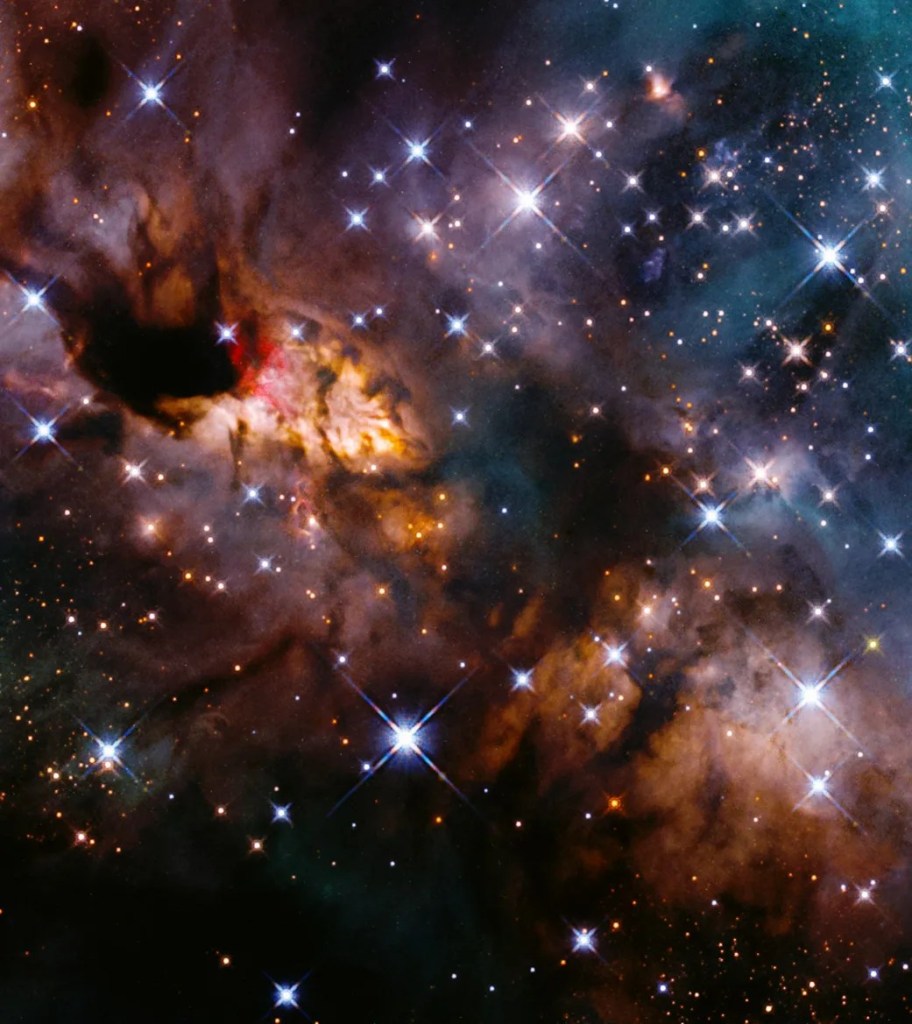
Hubble Catches Celestial Prawn Drifting Through the Cosmic Deep
The Prawn Nebula is a massive stellar nursery located in the constellation Scorpius, about 6,000 light years from Earth.
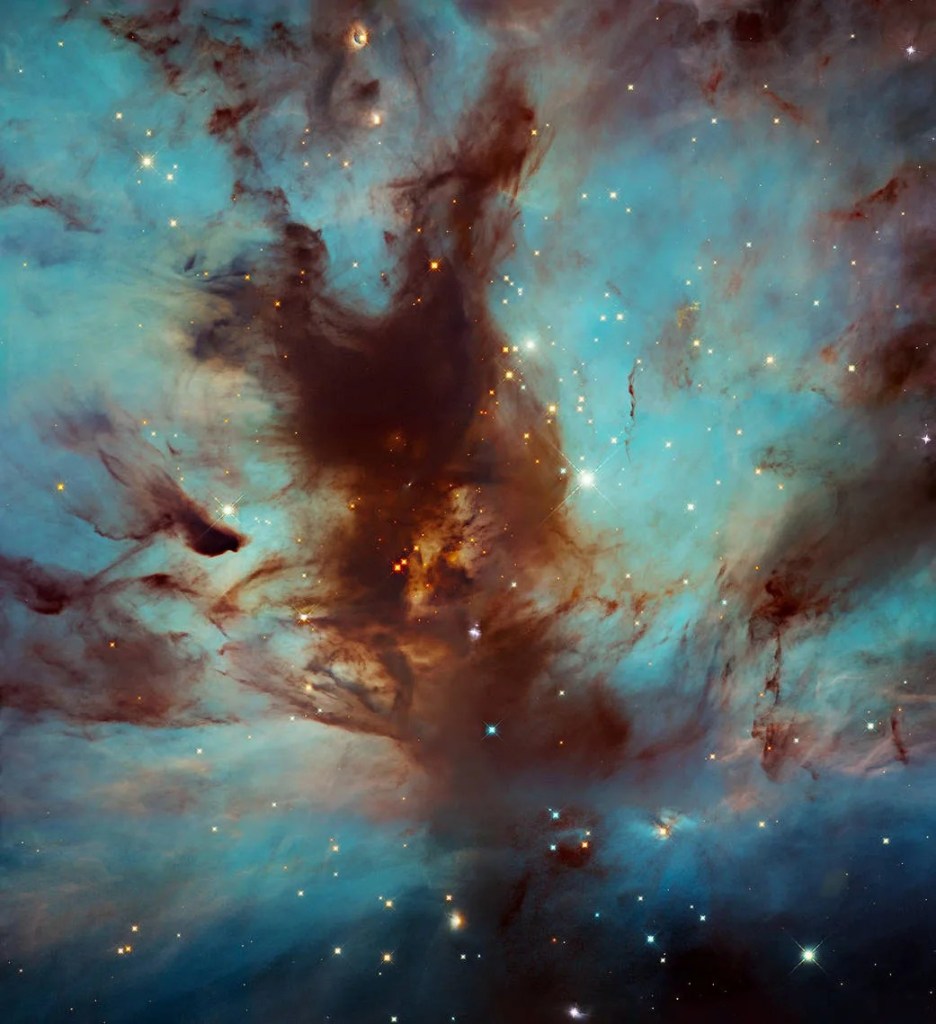
Hubble Spots Swirls of Dust in the Flame Nebula
The Flame Nebula, also called NGC 2024, is a large star-forming region in the constellation Orion that lies about 1,400 light-years from Earth.
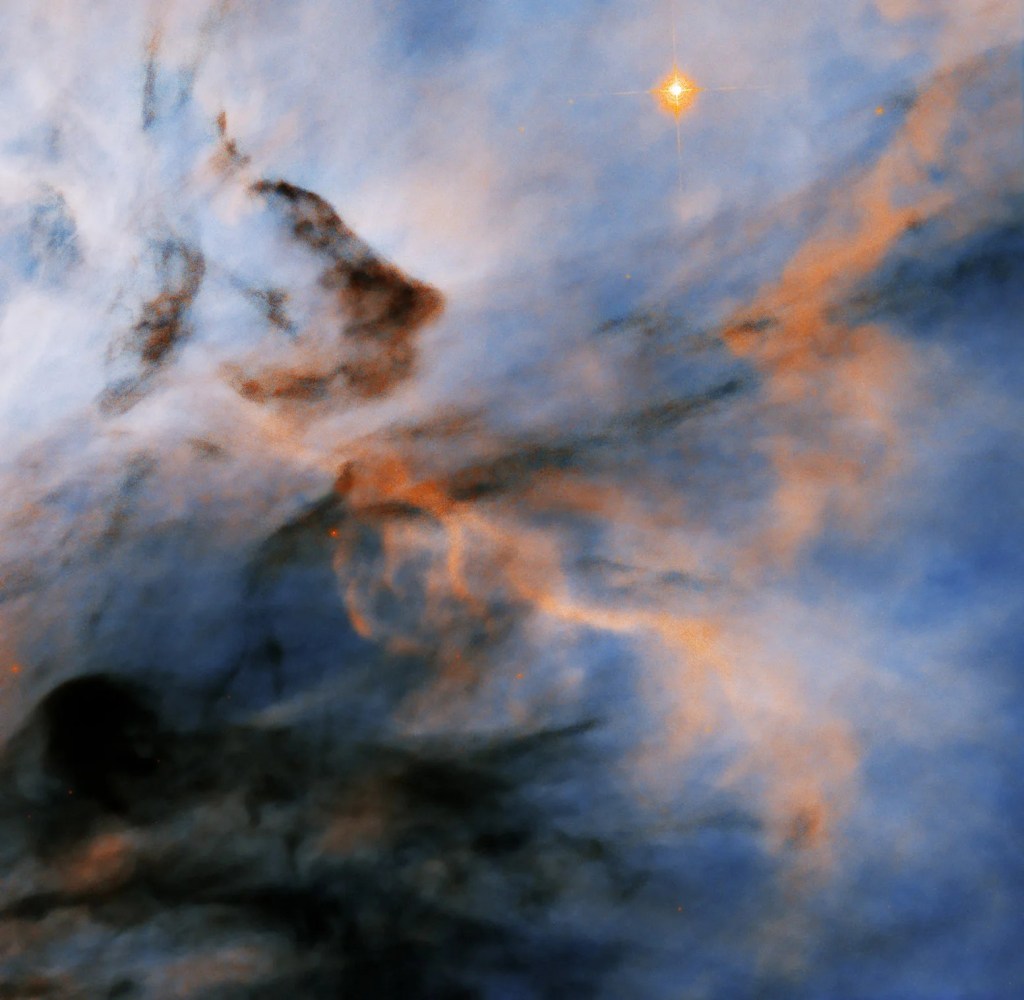
Hubble Finds Flame Nebula’s Searing Stars May Halt Planet Formation
The Flame Nebula or NGC 2024 is a large star-forming region in the constellation Orion that lies about 1,400 light-years from Earth.
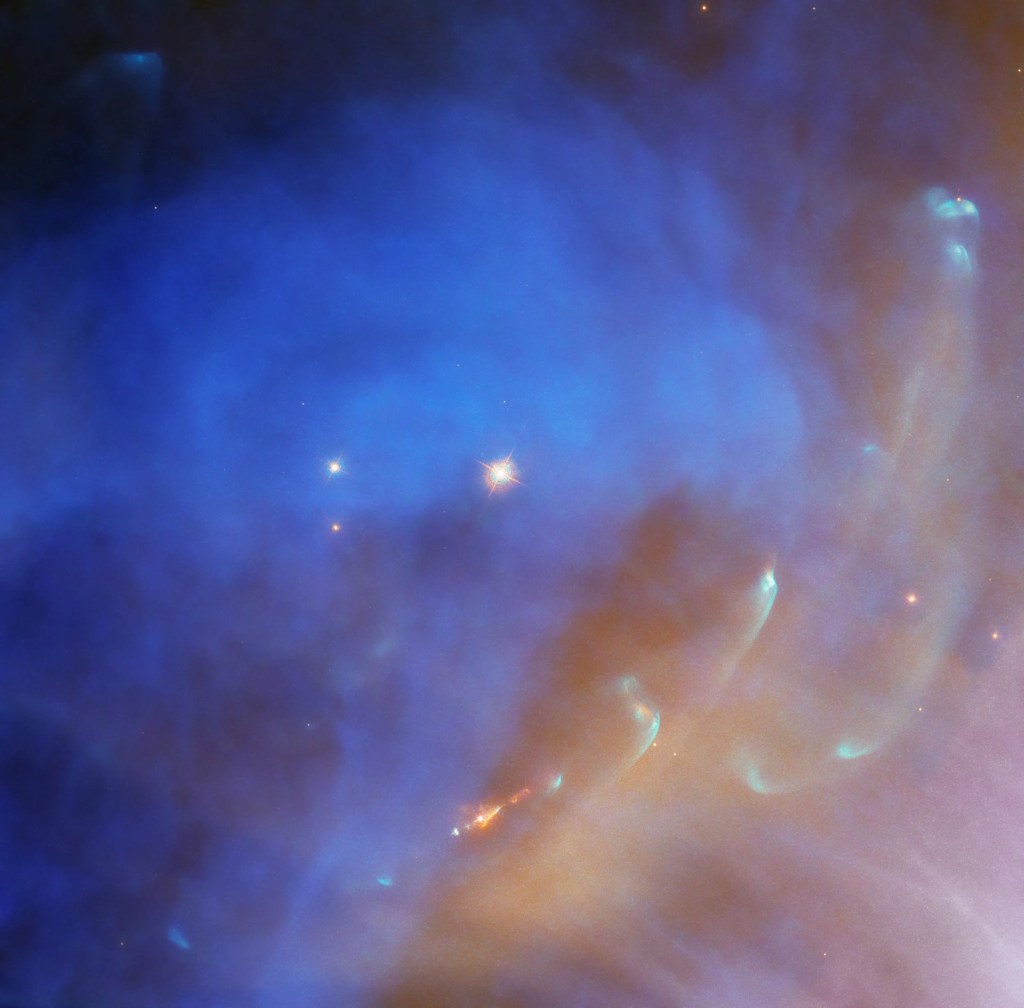
Hubble Spots a Swift Stellar Jet in Running Man Nebula
A jet from a newly formed star flares into the shining depths of reflection nebula NGC 1977 in this Hubble image.
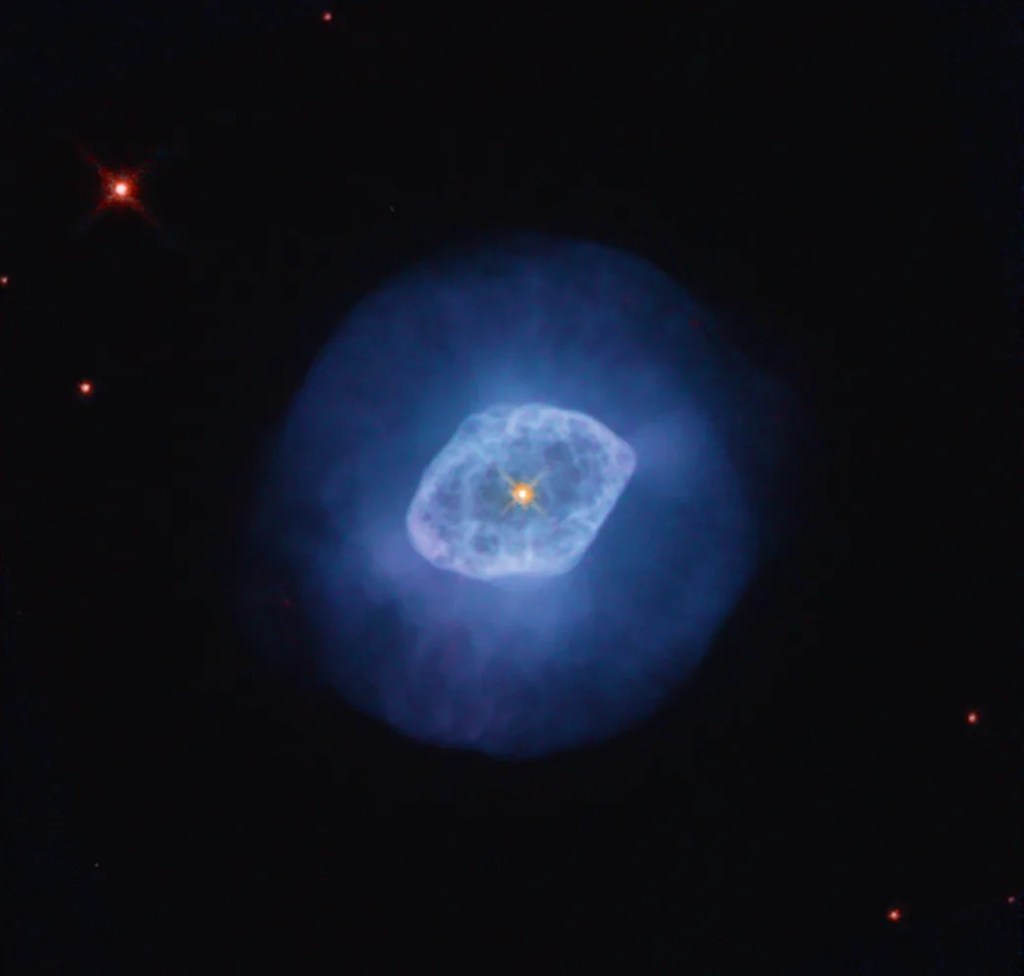
Hubble’s View of Planetary Nebula Reveals Complex Structure
NGC 6891 is a bright, asymmetrical planetary nebula in the constellation Delphinus, the Dolphin.



























